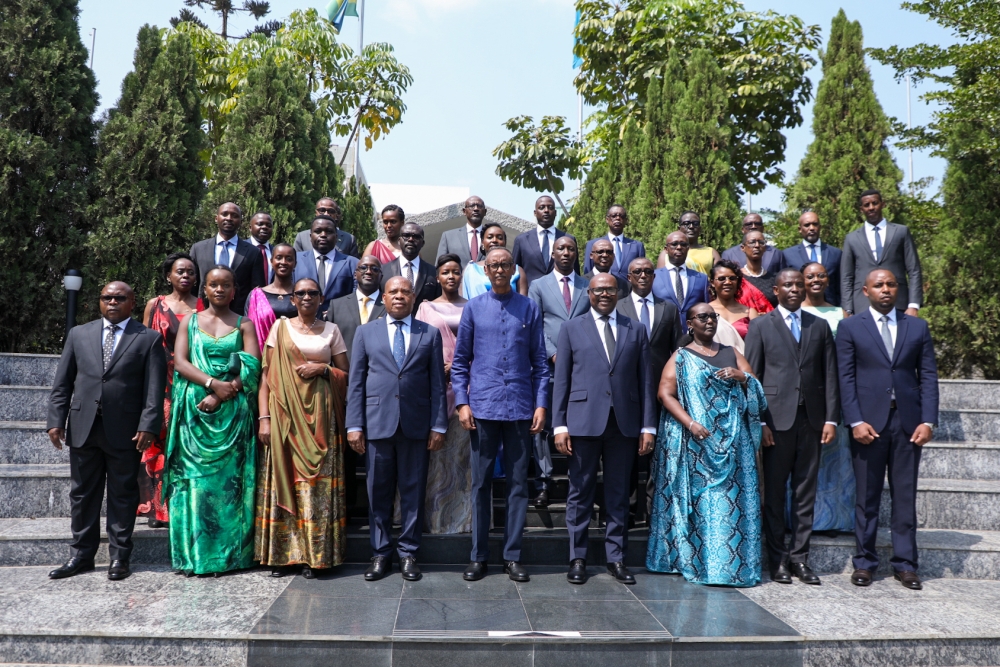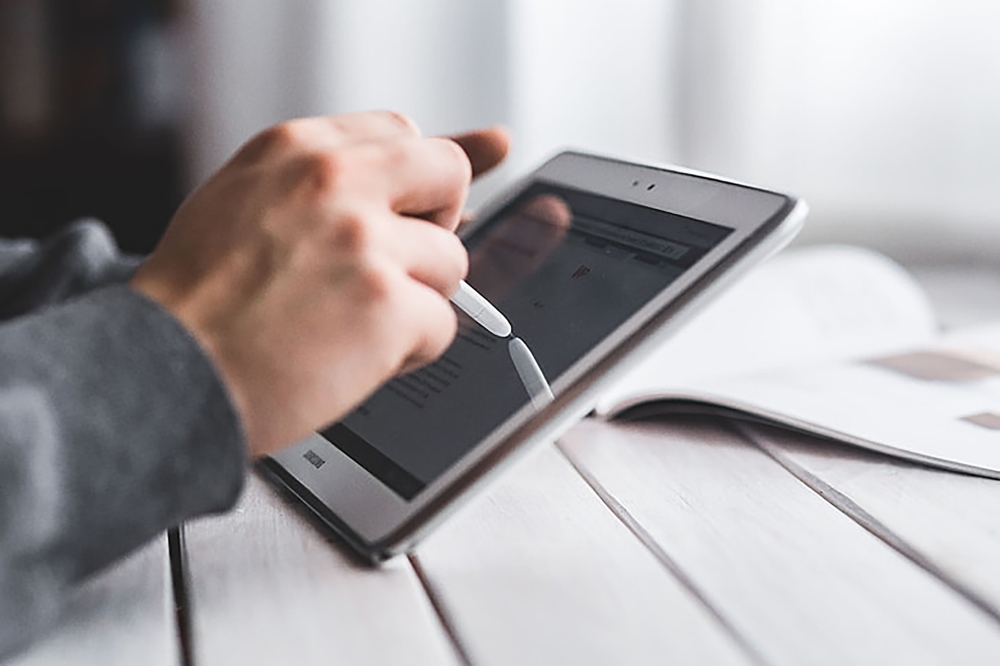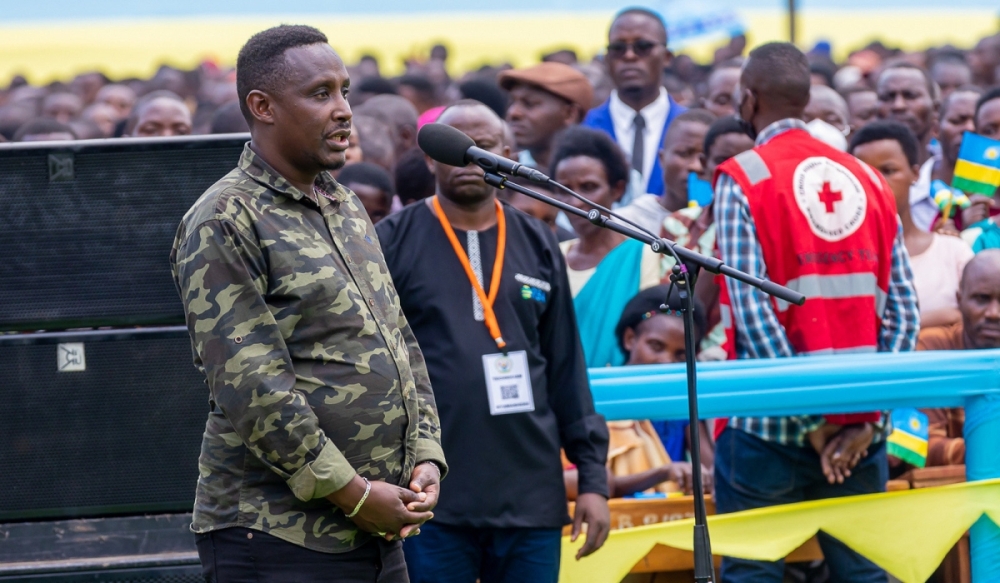In a bid to boost the transparency in the mineral trade in Rwanda, the geology and mines department has opened a new laboratory with technology to determine the origin of the so-called conflict minerals of tin, wolfram and coltan.

In a bid to boost the transparency in the mineral trade in Rwanda, the geology and mines department has opened a new laboratory with technology to determine the origin of the so-called conflict minerals of tin, wolfram and coltan.Termed the Rock Petrographic and Analytical Fingerprinting Preparation Laboratory, the €60,000 (about Rwf52.8m) new technology will be used to test samples and memorise data about the minerals before they are shipped for export.According to the Minerals State Minister, Evode Imena, the technology uses specific unique features of the minerals "much like DNA can be used in forensics to identify a particular individual.”"The lab will be a tool to enable Rwanda and the region to achieve the targets set by the region to promote peace, development and social economic development for all,” Imena said."It will also be a tool to resolve the problems identified in the mineral supply chain, most importantly by enabling us to better understand the specific features and characteristics of ores and their deposits.”The development comes as an effort aimed at increasing confidence among international mineral buyers,who had partly decided to halt the purchase of minerals from the Great Lakes region, arguing that the mineral trade was fueling conflict in the region, especially in the Democratic Republic of Congo.Rwanda was the only country to complete the implementation of the mineral tagging and traceability scheme imposed by an American legislation in 2009 on all countries that neighbour the DRC in order to determine the mineral supply chain.Despite these efforts, reports in the DRC suggest that the tagging scheme has not been able to quell conflict, whereby several rebel groups still use mineral wealth to acquire ammunition.According to Michael Biryabarema, the geology and mines department deputy director general, the new technology will compliment the already existing mineral traceability and tagging scheme to make Rwanda’s mineral exports the most transparent in the region."Hundreds of samples have been collected from different mines in order to build a data bank for this purpose. We have people with the necessary skills to operate this laboratory with this state-of-the-art apparatus that will provide quality information about all the important minerals in Rwanda,” Biryabarema said.The mining fraternity welcomed the initiative as an important incentive that will attract more investment into the sector due to its transparency."Rwanda does not need to explain itself or give evidence to anyone that the mineral trade is transparent, but it needs to make the sector more lucrative because it employs many people, especially the poor,” Jean Malic Kalima, the president of the Rwanda Mining Association, said."We shall bring our samples to the lab and they will show us from which mine they were drilled. This will not only develop the mineral sector in research and transparency, but boost confidence among our international buyers.”Mineral exports fetched $136.3m (about Rwf89.7b) last year.






